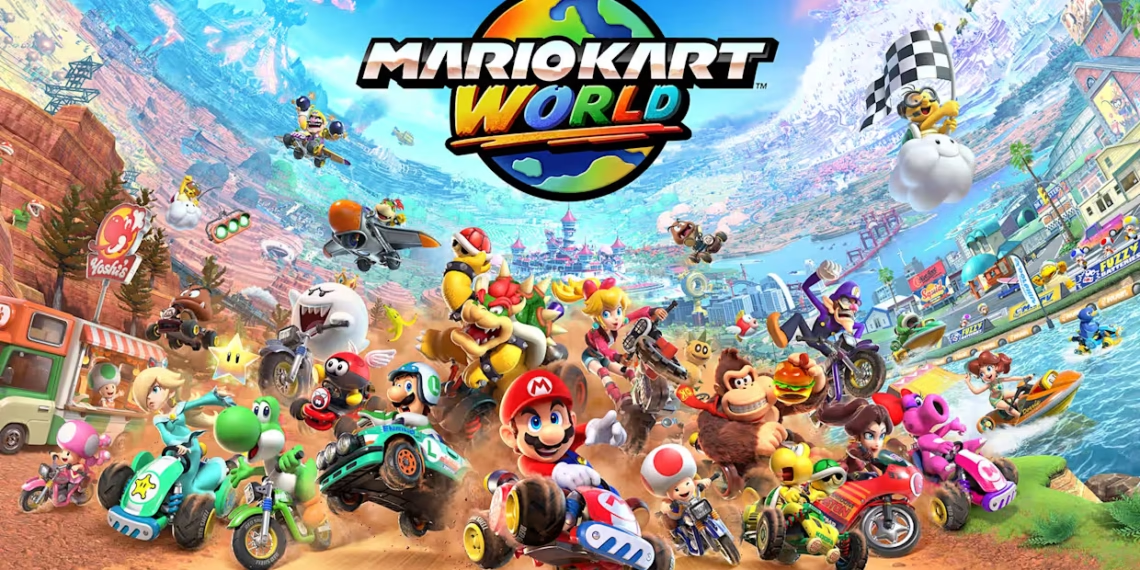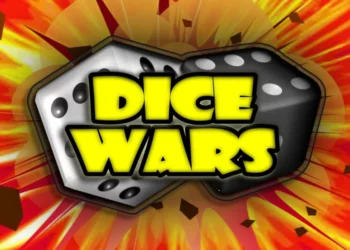From the moment you hit the accelerator in Mario Kart, you’re not just playing a racing game — you’re stepping into a world where fun, chaos, and friendship collide in the best possible way. Whether you’re dodging a red shell at the finish line or laughing as a banana peel sends your best friend spinning, Mario Kart isn’t about winning. It’s about the thrill, the laughter, and the memories it creates every time you play.
The real beauty of Mario Kart lies in how it connects people. It doesn’t matter how old you are, where you’re from, or how skilled you might be — once the race starts, everyone’s equal. It’s a perfect mix of competition, unpredictability, and joy that turns simple moments into unforgettable ones.
The Beginning of a Phenomenon
The story of Mario Kart began in 1992 with the release of Super Mario Kart on the Super Nintendo Entertainment System. Nintendo had already built an empire with its famous plumber, but this was something entirely new — a racing game that focused not on realism, but on fun.
It was simple yet brilliant: take beloved Nintendo characters, put them in colorful karts, fill the tracks with wild obstacles, and let chaos unfold. What started as a small spin-off quickly became a global sensation.
Players loved the feeling of drifting around corners, picking up mystery items, and battling friends on split-screen. It wasn’t about mastering driving physics or following strict racing rules. It was about the joy of play — a philosophy that remains at the heart of the series decades later.
Evolution Through the Generations
Over the years, Mario Kart has evolved from its 16-bit beginnings to one of the most iconic franchises in gaming history. Mario Kart 64 brought 3D graphics and four-player racing, creating unforgettable living-room rivalries. Double Dash!! added cooperative gameplay, while Mario Kart Wii introduced motion controls that pulled everyone — from kids to grandparents — into the fun.
With Mario Kart 8 Deluxe, the series embraced online play and stunning HD visuals, yet it never lost its heart. Each new version adds innovation, but the formula stays timeless: simple controls, unpredictable outcomes, and laughter-filled chaos.
Even mobile versions and live racing toys like Mario Kart Live: Home Circuit have expanded its reach, proving that Nintendo knows how to keep its magic alive. No matter how technology changes, Mario Kart continues to deliver that same feeling of connection and joy.

The Balance of Skill and Luck
One of the greatest strengths of Mario Kart is its balance between skill and luck. It’s a game where anyone can win — and that’s the secret behind its universal appeal.
You can be an expert at drifting, memorizing shortcuts, and timing every boost perfectly. Yet one misthrown blue shell can turn victory into defeat in a heartbeat. That unpredictability is what keeps the game exciting. It ensures that every race feels fresh, every match full of surprises.
This balance is deliberate. Nintendo designed Mario Kart to be inclusive — easy enough for beginners, yet deep enough for seasoned players. It’s not just about precision; it’s about adaptability and attitude. In Mario Kart, even last place can be fun, because you never know when luck might turn in your favor.
Chaos That Builds Friendship
If you’ve ever played Mario Kart with friends or family, you know how it goes — the shouting, the laughter, the playful taunts, and the cheers when someone barely crosses the finish line. This isn’t just a game; it’s an experience that brings people together.
In the pre-online era, split-screen multiplayer sessions were legendary. Four friends sharing one screen, arguing over who picked Rainbow Road, and claiming “No red shells!” — that was peak gaming joy. It didn’t matter who won. The fun came from the shared chaos.
Mario Kart has a way of turning competition into connection. The moment you steal first place or get hit by a shell, emotions run high — but so does the laughter. It’s the kind of fun that reminds us why we play games in the first place: not just to win, but to feel alive, connected, and entertained.
Nostalgia on the Rainbow Road
There’s something magical about nostalgia and Mario Kart. For many, it’s not just a game — it’s a time capsule. Every track, every tune, every item box brings back memories of simpler days spent with friends, siblings, or even parents.
Think back to that first time you raced on Rainbow Road, the dazzling final track where skill and chaos collide. For many players, that race wasn’t just challenging; it was unforgettable. Mario Kart has become a bridge across generations — a game that parents can share with their children, reliving the joy they once had.
This enduring charm lies in how the series never forgets its roots. It’s still colorful, creative, and full of heart. Every installment feels familiar yet new, reminding players that fun doesn’t have to be complicated.
The Cultural Phenomenon
Few franchises have had the cultural impact that Mario Kart has. It’s more than just a Nintendo success — it’s a global icon. You’ll find it in living rooms, arcades, college dorms, and even competitive tournaments.
Mario Kart has also become a staple of parties and social gatherings. It’s a game where gamers and non-gamers alike can compete, laugh, and connect. Its universal appeal cuts across generations and cultures, proving that fun is truly a universal language.
Beyond gaming, Mario Kart has left its mark on pop culture — referenced in memes, parodies, and even academic discussions on game design. It’s rare for a single title to balance entertainment, innovation, and emotional resonance so effortlessly.
Why It Endures
Even decades after its debut, Mario Kart continues to dominate racing games because of its timeless formula. It doesn’t rely on realism or complexity; it thrives on joy and accessibility.
The graphics may evolve, the controls may change, but the spirit stays the same — fast-paced fun mixed with friendly competition. The series continues to adapt to modern trends while keeping its identity intact. That’s what makes Mario Kart more than just a nostalgic favorite. It’s a living legacy.
Every new installment brings old fans back while introducing a new generation to its charms. From SNES to Nintendo Switch, it remains the go-to party game for millions worldwide.
Lessons from the Track
Beyond the racing and power-ups, Mario Kart holds simple but profound lessons. It teaches patience, humility, and the value of shared joy. It reminds us that life, much like the game, is unpredictable — sometimes you lead the pack, sometimes you get hit by a shell, but there’s always another race.
It’s a celebration of resilience and laughter in the face of chaos. No matter how many times you lose, there’s always a reason to hit “Play Again.”
And perhaps that’s the truest reflection of why Mario Kart continues to resonate. It reflects life itself — unpredictable, competitive, and filled with moments that make it all worthwhile.
The Final
Mario Kart is more than just a racing game — it’s a cultural touchstone, a generator of laughter, and a builder of friendships. For over three decades, it’s taught us that fun doesn’t need to be perfect, and chaos can be beautiful when shared with the right people.
Every track, every item box, every victory and defeat carries a story. The game’s legacy isn’t just measured in sales or sequels, but in the countless memories it’s created.
So whether you’re gliding through Rainbow Road or tossing shells on Coconut Mall, remember this: in the world of Mario Kart, it’s not about crossing the finish line first — it’s about enjoying every moment along the way.
Mario Kart will always be more than a race. It’s a reminder that laughter, competition, and connection make the best memories of all.
Also read :GoldenEye 007: The Game That Changed Console Shooters Forever















